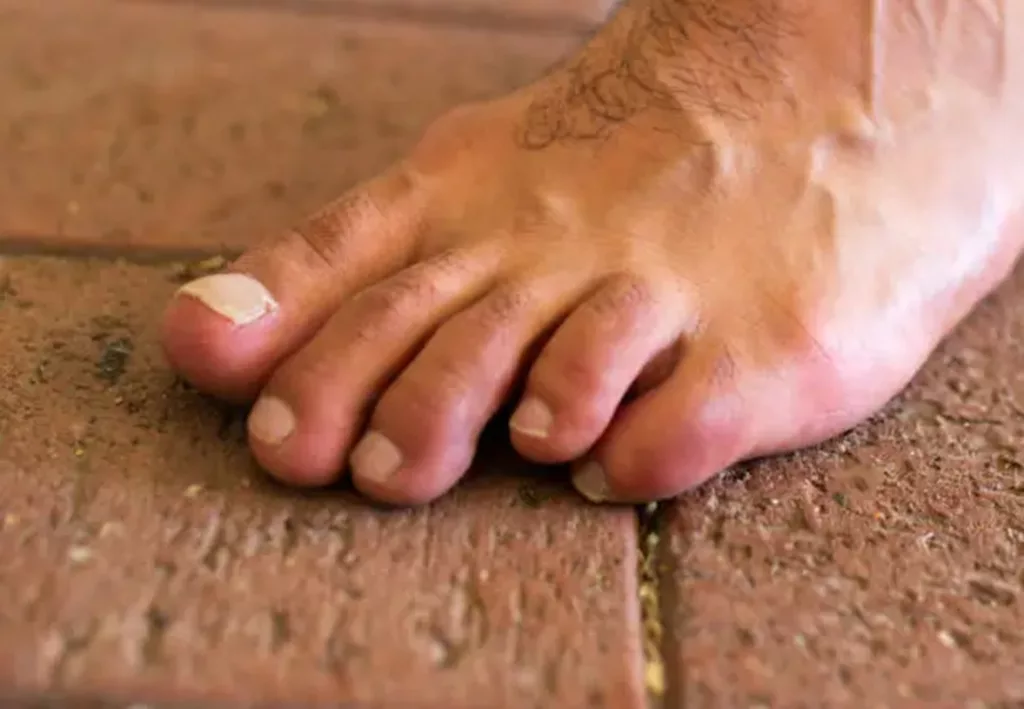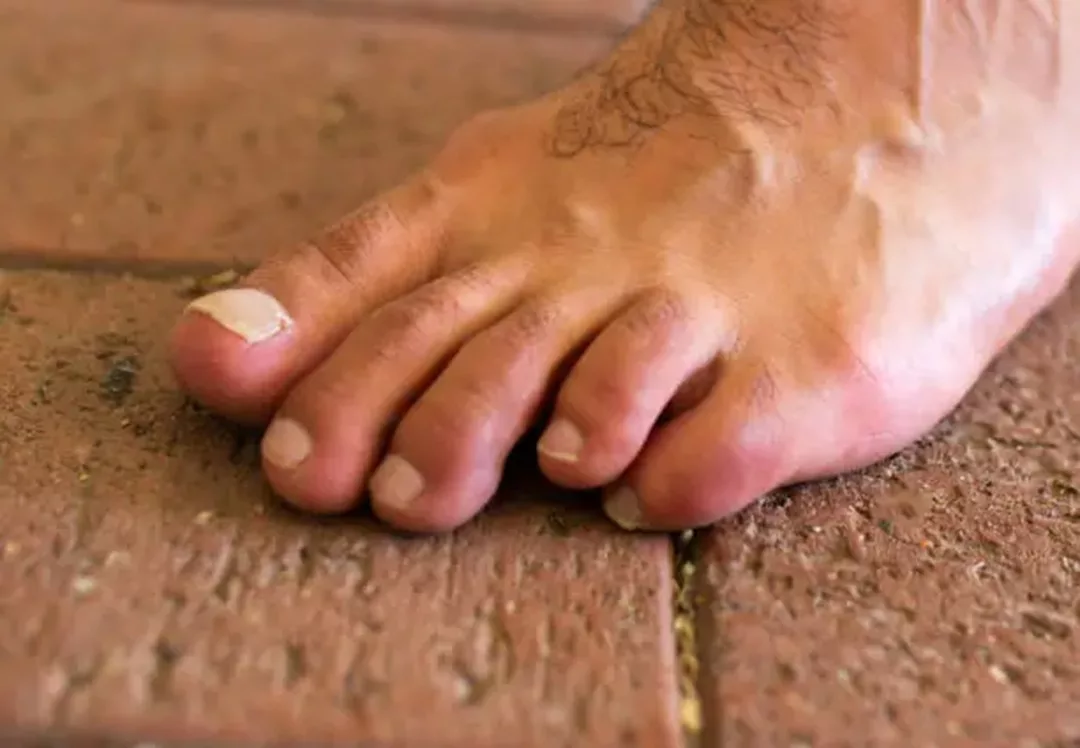In an age where medical issues can catch us off guard, understanding rarer conditions can prove beneficial for early detection and proper treatment. Today, we pull back the veil on Brachymetatarsia. This condition, most frequently affecting the fourth toe, might seem irrelevant due to its unusual name and comparatively limited prevalence, but for those enduring it, Brachymetatarsia presents real physical discomfort and cosmetic concerns.
So let’s delve deeper into this phenomenon, answer key questions, and provide insight into its causes, repercussions, and remedies. This guide aims to clarify all you need to know about Brachymetatarsia, a lesser-known, but certainly not lesser, foot condition.
What is Brachymetatarsia?
In a nutshell, Brachymetatarsia is an Podiatrist condition where one of the five metatarsals (bones in the front part of the foot) is significantly shorter than the others. The incarnation of this condition varies, from giving the appearance of a shorter fourth toe to creating an unusual gap with the third and fifth toes touching beneath it.
The condition stems from various factors, such as the metatarsal bone failing to fully develop or the premature closure of its growth plate. While an uncomplicated X-ray is a straightforward diagnostic tool, the physical manifestations and repercussions of Brachymetatarsia are far more complex.
Physical Consequences of Brachymetatarsia
Despite being a primarily physical condition, Brachymetatarsia’s implications extend beyond the aesthetic. For one, the shortened metatarsal bone may not ground properly or bear the body weight evenly. This discrepancy can lead to discomfort, pain, or even a painful callus, an extra layer of hardened skin similar to walking on an embedded pebble. Given the foot’s complex functionality as our primary mode of mobility, such problems can lead to higher-level issues like imbalanced walking or standing, affecting our overall quality of life.
Is Brachymetatarsia a birth defect?
Indeed, in some instances, Brachymetatarsia can be a congenital condition. While it may also arise later in life due to injury or infections, many people are born with this condition, which becomes more apparent over time as the affected individual grows.
What Causes Brachymetatarsia?
Various factors can lead to Brachymetatarsia, with generic influences being the key players. Some examples include Turner syndrome, Down syndrome, and Pseudopseudohypoparathyroidism. It can also be the result of abnormal bone development due to injury, infection, or exposure to specific medications or radiation during crucial growth periods.
Is Brachymetatarsia Considered a Disability?
While Brachymetatarsia can limit mobility and cause discomfort, it conventionally is not considered a disability as it does not significantly inhibit the ability to perform daily activities. However, for severe cases that disrupt everyday life, it may be classified as a disability based on individual assessment.
Is Brachymetatarsia serious?
Seriousness is subjective, largely depending on the unaffected person and the severity of the condition. If this condition restricts your life activities, provokes pain and discomfort, or heavily affects your self-esteem and emotional well-being due to appearance, it should indeed be considered serious and worthy of professional attention.
Dealing with Brachymetatarsia: Treatment Approaches
With early detection, the right footwear can manage the effects of Brachymetatarsia fairly well. For more severe or discomfort-inducing instances, surgical procedures may come into play. The corrective process might involve lengthening the metatarsal bone using an external fixation device or internally through a bone graft. As is the case with all health issues, your physical comfort and personal well-being should dictate the treatment path tailored to suit you.
Wrapping Up
Brachymetatarsia, though lesser known, plays a significant role in certain people’s lives. Its consideration goes beyond simple aesthetics, into the realm of physical comfort, proper functionality, and psychological wellbeing. Should you confront such an issue, rest assured—there are treatment options available to help you regain optimal functionality, comfort, and peace of mind.
Remember, staying informed about such conditions is the first step toward prompt detection and appropriate assistance. Knowledge is power – and in the case of conditions like Brachymetatarsia, it might be the first step to a painless walk and an easier life.





